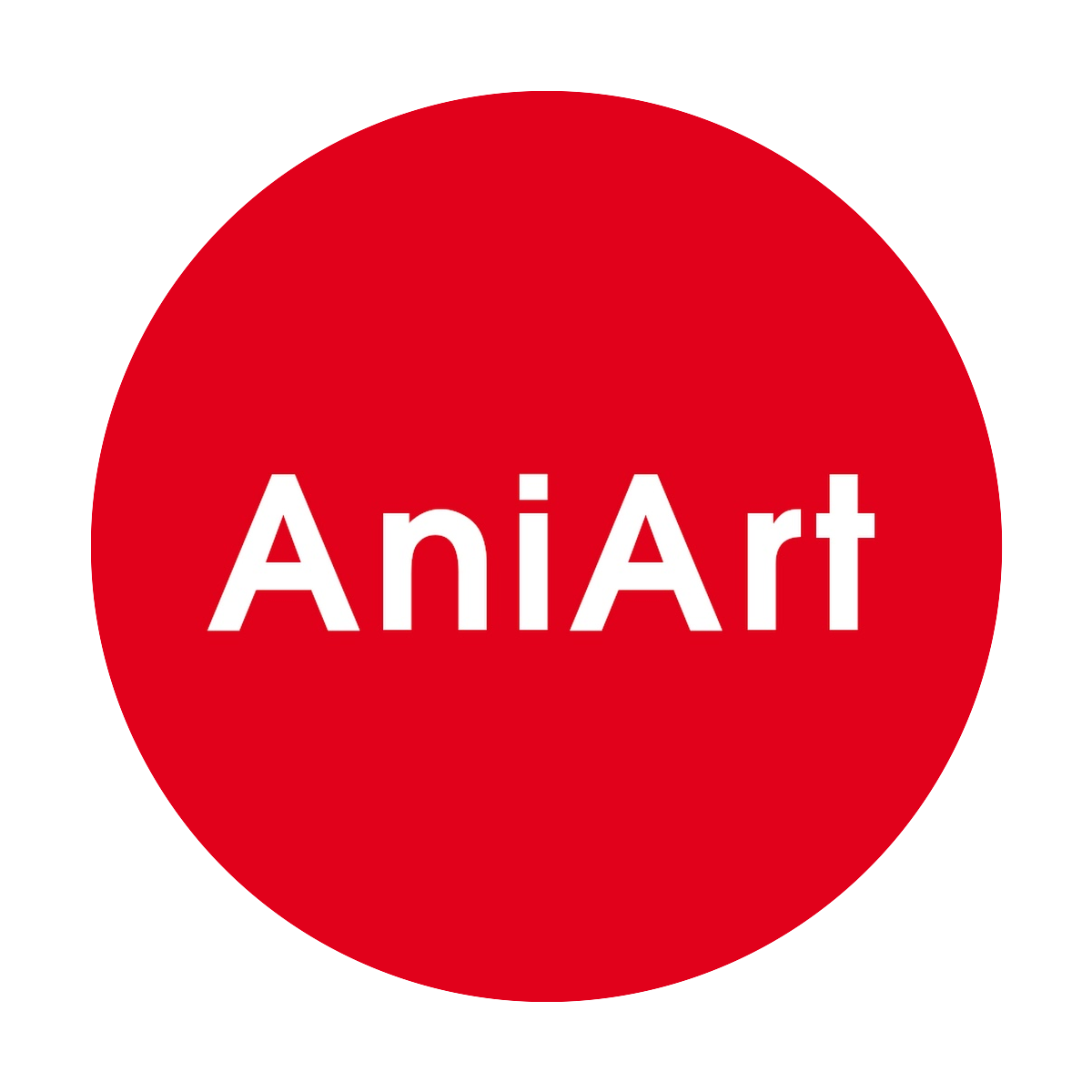Plan Your Project with Your Software
In a dynamic business landscape, especially within IT and eCommerce, hiring models can shape a company's growth and agility.
Two prominent approaches — outstaffing and traditional employment — offer distinct advantages and trade-offs.
So, which one aligns better with your goals?
What is Outstaffing? Outstaffing is a remote hiring model where a company extends its development team by "borrowing" dedicated professionals from a third-party provider. Unlike outsourcing, the client retains full control over the work process.
Benefits of Outstaffing: Access to global IT talent Reduced administrative burden Flexibility in scaling teams Lower costs without compromising quality Transparent management & communication
What is Traditional Employment? This refers to hiring in-house employees on a full-time basis, with full legal, financial, and HR obligations. It’s a familiar model, but not without limitations. Benefits of Traditional Employment: Cultural alignment Long-term team building
Full in-house knowledge retention Key Differences:
Feature Hiring Speed Cost Efficiency Team Control Legal Responsibility Scalability Conclusion Outstaffing is not just a temporary solution — it's a strategic choice for businesses seeking flexibility, efficiency, and access to global talent.
At AniArt, we specialize in helping companies build and scale remote teams that deliver real business results.
Let’s build your perfect team — faster.

